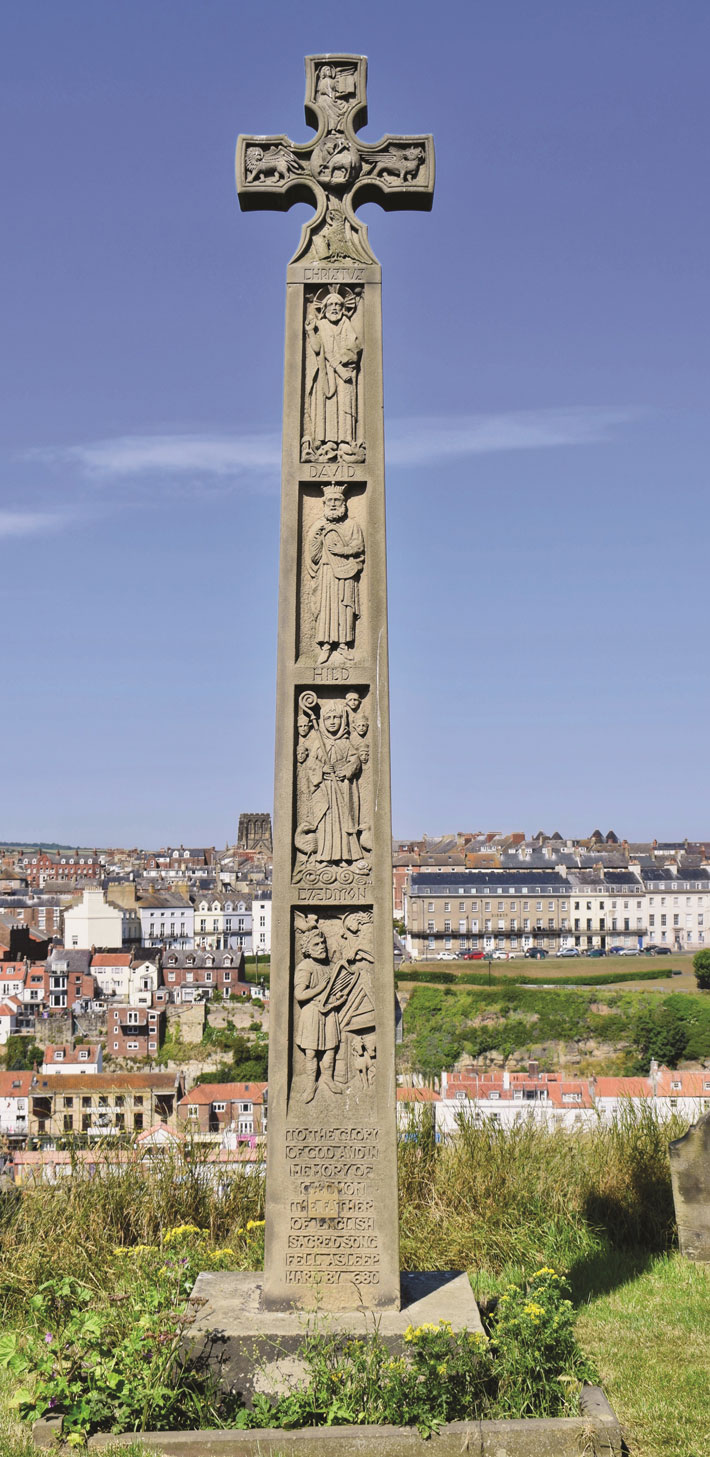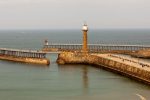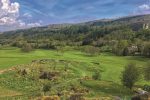The First Poet: The Story Behind the Caedmon Memorial in Whitby?
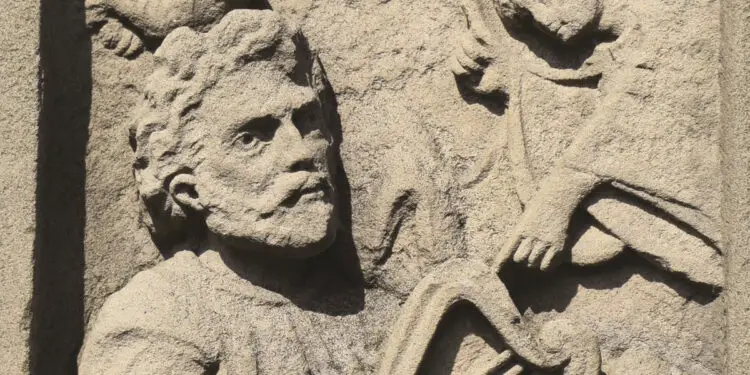
On the clifftop, close to the parish church in Whitby, stands a memorial to Caedmon, Abbess Hilda and the monastery founded during the reign of the Northumbrian King Oswie (642–670). The monument was unveiled in 1898 and, bearing in mind that Caedmon was credited with being the first English poet, it was fitting that the Poet Laureate Alfred Austin performed the ceremony.
“Different dress, traditions and customs”
Hilda was the first abbess of the monastery. She was of royal descent; her father was the nephew of Edwin, who reigned between 616 and 633. Edwin was the first Christian king of Northumbria. He married Princess Ethelberga, who came from a Kentish royal family. She was a Christian and, according to the Venerable Bede in his Ecclesiastical History of the English People, written in 731, it was ‘not permissible for a Christian maiden to marry a heathen’.
Edwin converted and was baptised by Paulinus, a missionary who had been sent to England by Pope Gregory. There were two groups of Christian missionaries in the country: one group had landed in the south and the others were Celtic missionaries, moving from the north, who had arrived via Ireland and Scotland. These two groups had different dress, traditions and customs, including the method of determining Easter.
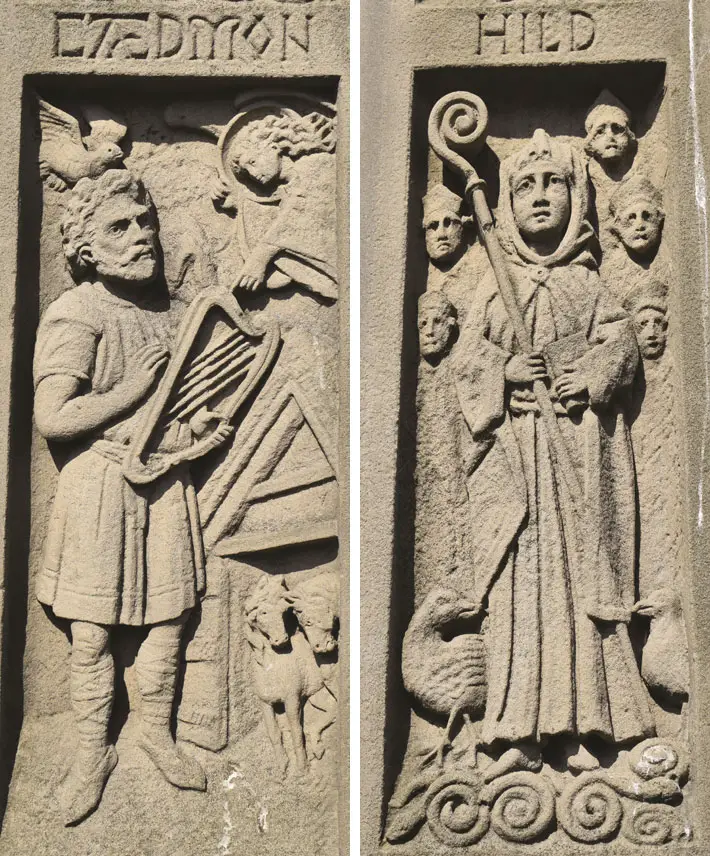
Left – Caedmon being inspired to write his poems.
Right – At St Hilda’s feet, fossils of ammonites. Legend tells that these were snakes she destroyed.
To resolve their differences the two groups of missionaries were bought together at the Synod of Whitby to discuss and select the practices that were to be adopted throughout the country.
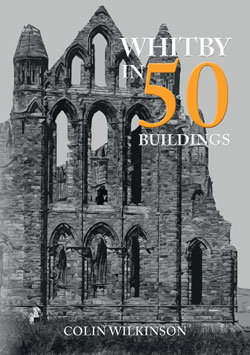 This early monastery at Whitby is also remembered as being the birthplace of English poetry. The Venerable Bede relates the story of Caedmon, who worked in the abbey looking after cattle and was inspired in a dream to write poems. Caedmon was then able to take any passage of scripture and quickly turn it into ‘delightful and moving poetry in his own English tongue’.
This early monastery at Whitby is also remembered as being the birthplace of English poetry. The Venerable Bede relates the story of Caedmon, who worked in the abbey looking after cattle and was inspired in a dream to write poems. Caedmon was then able to take any passage of scripture and quickly turn it into ‘delightful and moving poetry in his own English tongue’.
The monastery did not survive the Danish raiders who settled in the area and it was abandoned. It wasn’t until the Normans arrived that a great age of monastery development started.
Article taken from ‘Whitby in 50 Buildings’ by Colin Wilkinson
Published by Amberley Publishing, £15.99 paperback
